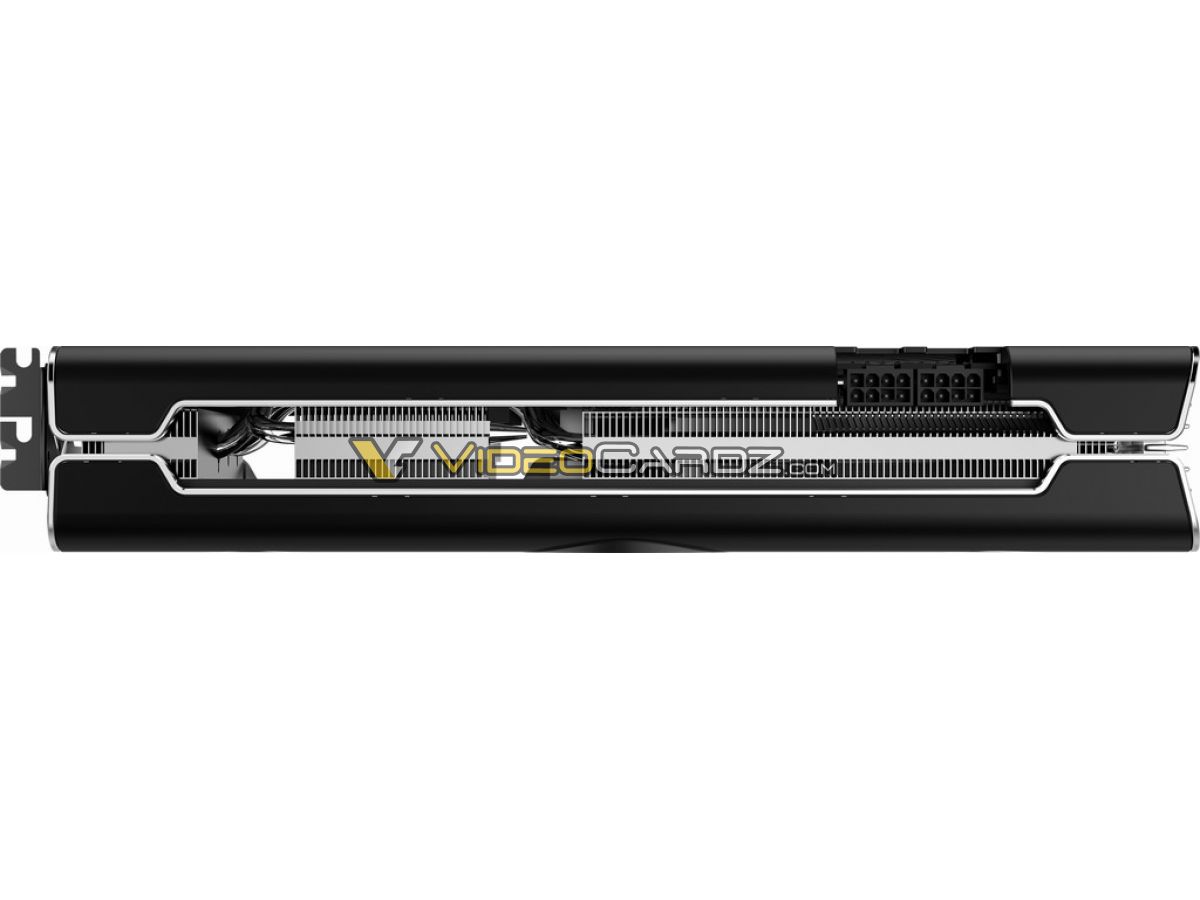I think there's a little more going on than just a limitation of the power connectors, or even if that's part of the issue at all. The standard AMD RX 5700 XT uses an 8+6 system, which is rated to offer 225W (150+75) of power, precisely what the card's TDP is. The Triple Dissipation also uses the same setup, the same clocks, and the same TDP as the standard model. The Thicc III Ultra, as you pointed out, uses 8+8 (300W) but thanks to its higher clocks, it's naturally going to draw more power under peak loads - which one can see, using TechPowerUp's card power tests:Which model do you have? Some of the lower-end models have an electrical connector that is insufficient for the power needs of the RX 5700 XT. My XFX RX 5700 XT Triple Dissipation crashed the entire system quite often. I sent it to XFX for RMA and they sent me back a THICC-III. The THICC-III never had that problem but I noticed an interesting difference between them. I believe that this is the difference that caused the system crashes because a driver crash can't cause a system reboot, only a hardware issue can do that, usually something to do with power distribution.
Now, if you look at the power connectors, you'll see that the Triple Dissipation uses an 8+6 plug configuration while the THICC-III uses an 8+8 plug configuration. I believe that the 8+6 is insufficient for the power needs of the Navi 10 GPU and causes the system to crash when the card tries to draw more power than the 8+6 can deliver. This causes the card to stop functioning and so the whole system crashes violently. OTOH, the THICC-III with its full 8+8 power connectors never had a problem. This is exactly how cards would react to a lack of needed power.
Another aspect of this situation that makes me think this is likely is the fact that reviewers NEVER experienced this problem. When an AIB sends a card to a reviewer, they ALWAYS send their top-line model. Steve's Powercolor Red Devil is a good example of this. The top-line models would ALL have the same 8+8 connector like the THICC-III, one of XFX's upper-tier models. As a result, those cards would never experience that same inability to deliver enough electricity to the GPU and so the reviewers would never experience those violent crashes. At the same time however, the general public tends to buy the lower-tier models because they're less expensive and deliver almost the same performance (like maybe 1-2% slower). Therefore, the general public would be experiencing these crashes all the time with reviewers having no idea why.
I think that Steve Walton himself would call my theory sound.
Standard RX 5700 XT = 227W (peak gaming)
XFX Thicc III Ultra = 288W (peak gaming)
Given that the Triple Dissipation has the same clocks and same power system as the standard one, surely all normal RX 5700 XT would be just as unstable as the card you had? And yet they're clearly not. Also, the GeForce RTX 2080 Super has a TDP of 250W, uses an 8+6 pin power connector setup, and its peak gaming draw was 275W (in TechPowerUp's testing). It's not a model renounced for having stability issues and yet its clearly drawing more power than the connection system is typically rated for.
Edit: I’d forgotten about the PCIe slot too, as it provides up to 75W too. So an 8+6 pin system can draw up to 300W in total. That’s more than enough for any RX 5700 XT. So why use an 8+8 system? Better to draw lots of current on well grounded, thick wire rails than slot pins.
And there's no obvious common link between the various models produced and their power management systems either - AMD used a 7 phase system controlled by an IR35217, the Thicc III Ultra had a 6+1 system and same controller, the Red Devil had 10 phase, the Asus TUF EVO had 7+1, the Sapphire Nitro+ SE used 8+1, and so on. Not sure what the Triple Dissipation uses, unfortunately, but it's clearly going to be one of the above!
In short, if it was just down to it using 8+6, there would be a whole host of graphics cards out there crashing systems, not just a specific RX 5700 model.

